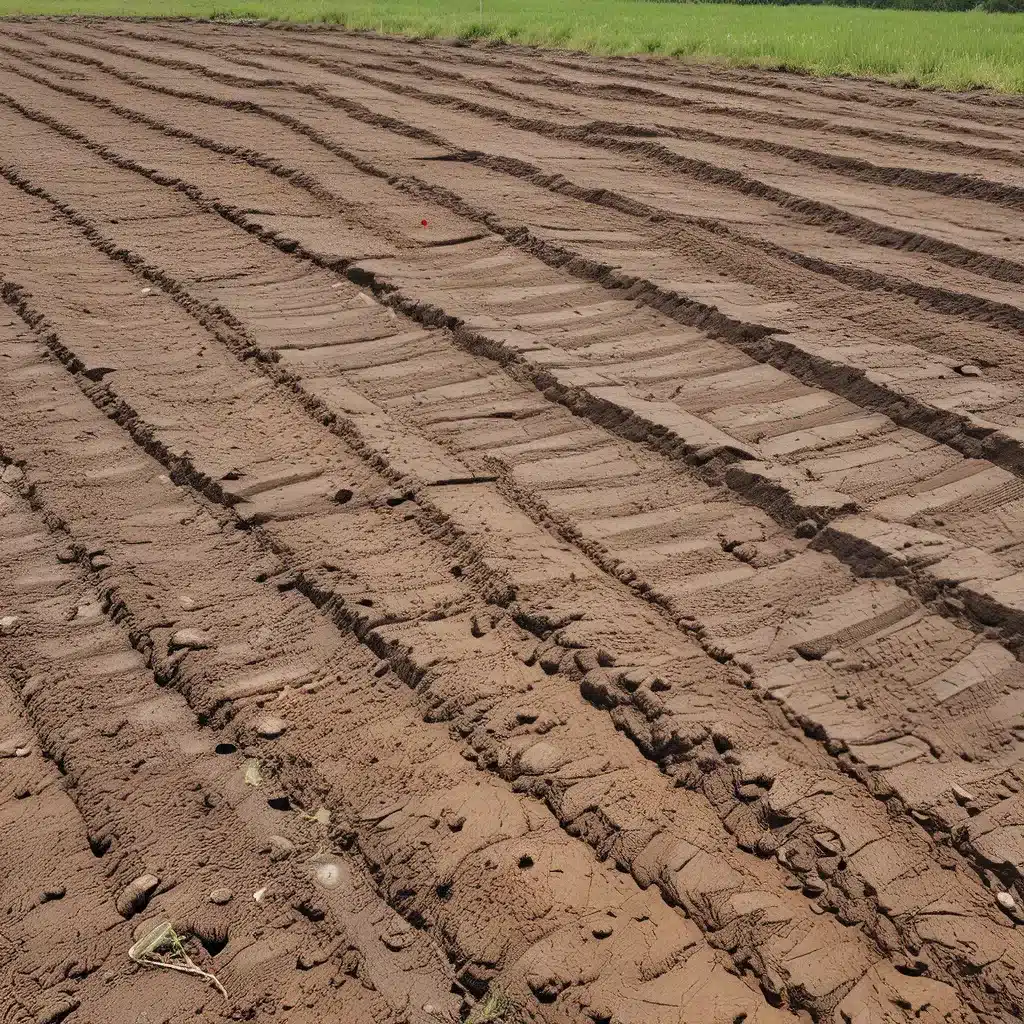
Uncovering the Dirty Truth: The Soil Contamination Crisis
Oh, the stories this soil could tell! If only it could speak, I bet it would have quite the scandalous tale to share. You see, our soils are in a bit of a predicament these days – a veritable crisis, if you will. Just take a look at the stats: more than 60% of Europe’s soils are considered unhealthy and in desperate need of intervention. Yikes! That’s a whole lot of dirt in distress.
But fear not, my fellow Earth-lovers. I’m here to shed some light on this murky situation and uncover the effective strategies we can employ to nurse our soils back to health. Buckle up, because we’re about to get our hands dirty (pun fully intended) as we explore the world of soil remediation.
Unraveling the Causes: What’s Ailing Our Soils?
Ah, the age-old question: what’s causing all this soil contamination in the first place? Well, my friends, it’s a multifaceted issue with a whole host of culprits. From industrial activities to agricultural practices, urban development to improper waste management – the list goes on and on.
Recent research has shed some light on the situation, pinpointing persistent contaminants as a major contributor to the problem. These are the sneaky little buggers that just won’t go away, no matter how hard we try to scrub them out. Think heavy metals, organic pollutants, and the like. They’re like the houseguests that refuse to leave, stubbornly clinging to our precious soil.
But that’s not all! According to the ARAGORN project, our soils are also facing threats from urban, peri-urban, and rural contamination sources. It’s a veritable smorgasbord of soil-polluting culprits, each one more devious than the last.
Tackling the Challenge: Effective Soil Remediation Strategies
Alright, enough with the doom and gloom – let’s talk solutions! When it comes to combating soil contamination, we’ve got a whole toolbox of effective strategies at our disposal. And trust me, we’re going to need every single one of them to tackle this gargantuan problem.
Identifying Contamination Hotspots
The first step in any good soil remediation plan is to pinpoint the areas of concern. That’s where the ARAGORN project’s comprehensive framework comes in handy. By identifying the contaminant hotspots, we can then assess the risks to both humans and the environment. This crucial step helps us prioritize our efforts and allocate resources where they’re needed most.
Assessing Risks and Costs
Once we’ve located the trouble spots, it’s time to take a closer look at the potential risks and the costs of inaction. After all, we can’t just bury our heads in the sand and hope the problem goes away. ARAGORN’s user-friendly tools will be a lifesaver here, helping us weigh the pros and cons of different remediation approaches.
Choosing the Right Remediation Approach
Ah, the million-dollar question: which soil remediation strategy should we choose? Well, my friends, the answer isn’t as simple as you might think. It all depends on the specific contaminants, the site conditions, and the desired end goals. From physical and chemical treatments to biological methods and innovative technologies, the options are endless.
One particularly promising approach is phytoremediation, where we harness the power of plants to suck up and break down those pesky pollutants. Talk about green thumbs with a purpose! Recent research has shown that this method can be highly effective, especially for dealing with heavy metals and organic contaminants.
And let’s not forget about the circular economy angle. Why not find ways to repurpose and reuse the remediated soil, rather than just dumping it somewhere else? After all, healthy soil is a precious commodity these days. We need to start treating it like the valuable resource it is.
Collaborating for Change: Engaging Stakeholders in Soil Remediation
Now, I know what you’re thinking: “This all sounds great, but how do we actually make it happen?” Well, my friends, the key lies in collaboration – bringing together a diverse array of stakeholders to tackle this problem head-on.
The ARAGORN project is a prime example of this collaborative approach in action. By engaging with land managers, environmental experts, and community members across Europe, they’re developing a comprehensive framework to guide effective soil remediation and restoration strategies. And let me tell you, the results are pretty darn impressive.
Through dynamic discussions, on-field excursions, and shared insights, the ARAGORN team is sparking progress and driving real change. They’re not just talking the talk; they’re getting their hands dirty (there’s that pun again) and making it happen.
And you know what the best part is? You can be a part of it too! Whether you’re a concerned citizen, a land manager, or an environmental professional, there’s a role for you to play in this soil-saving mission. Together, we can restore the health of our soils and create resilient, sustainable land-development strategies for generations to come.
So, what are you waiting for? Let’s get out there and start combating soil contamination, one effective strategy at a time. The future of our planet (and our trusty soils) depends on it.


